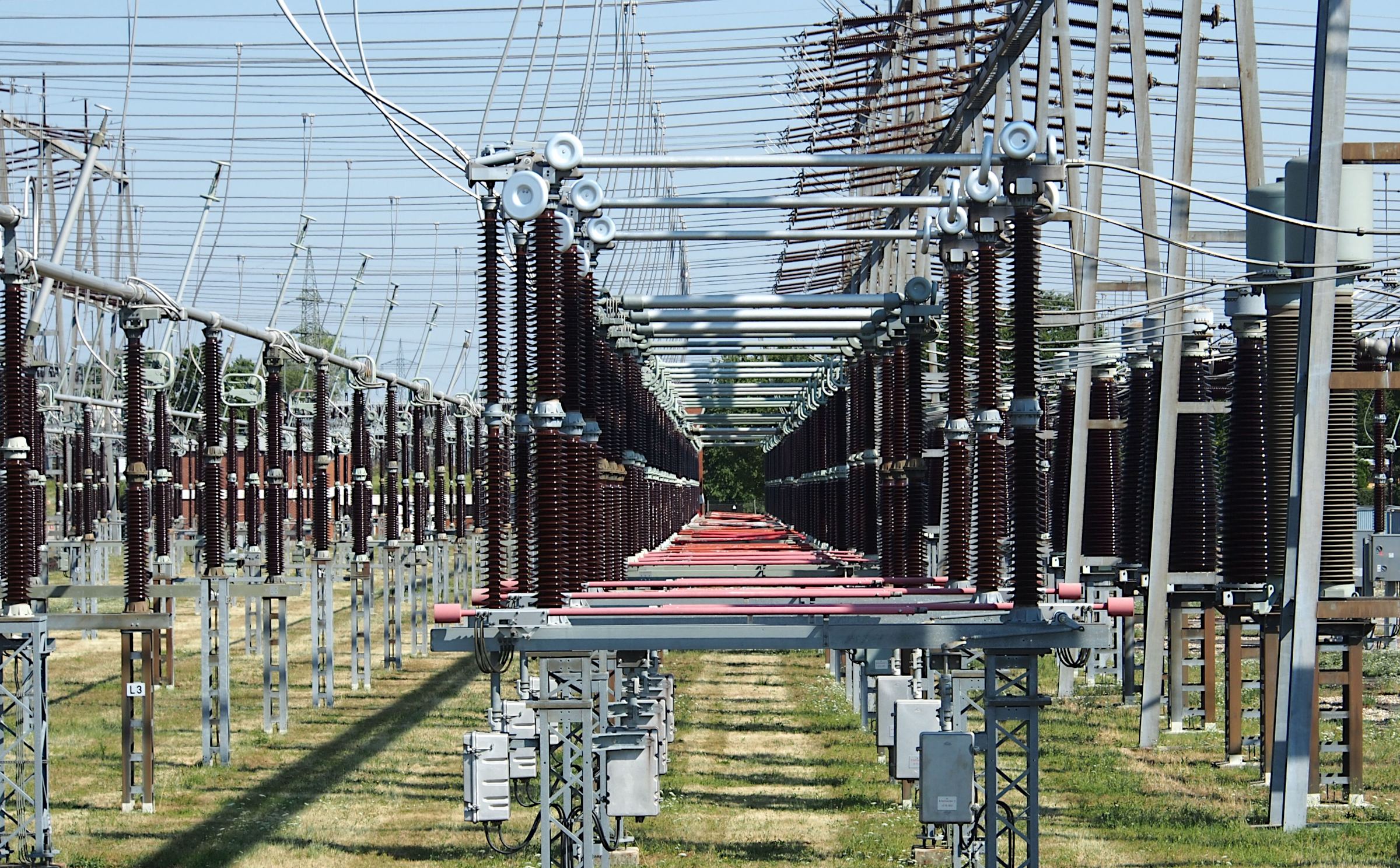VIBRATION-TO-ELECTRICITY CONVERSION: A REVIEW OF ELECTROMAGNETIC, ELECTROSTATIC AND PIEZOELECTRIC ENERGY HARVESTERS
Keywords:
Energy harvester, vibration, non-resonantAbstract
Recent years have seen a surge in research into vibration energy harvesters (VEHs) due to the potential for them to power low-energy devices and wireless sensor nodes (WSNs. These include vibration electromagnetic energy harvester (VEMEHs), vibration electrostatic energy harvesters (VESEHs) and vibration piezoelectric energy harvesters (VPEEHs). Recent developments in VEHs are discussed in depth in this article. In terms of operating frequency range, frequency bandwidth, size, output voltage, power density, power output value, and vibration levels, all of the VEHs have been investigated and documented. In addition, the reported VEHs are classified as either resonance based VEHs or non-resonant VEHs as per their functioning mechanism. The VEMEHs that have been documented range in size from very small (0.032 cm³) to very big (about 1600 cm³) harvesters. When evaluated based on output voltage, the VEMEHs reported in this review could generate output voltage ranging from as low as 0.13 mV to as high as 5700 mV. Likewise, VEMEHs that have been described can provide output powers ranging from 0.00096 μW to 74,000 μW. The power densities of the VEMEHs that have been recorded range from 5 × 10⁻7μW/ cm³ to 1073 μW/ cm³. The VEMEHs that have been described have power per acceleration ranging from 0.016 x 10⁻3μW/g to 129.8 mW/g. In addition, the power density per acceleration ranges from 5 x 10⁻7μW/g.cm³ to 1.87 mW/g.cm³ for the VEMEHs that have been reported. The described vibration energy harvesters span a vast array of sizes and power outputs. As an illustration, research has demonstrated that a petite 1 cm³ device may provide 0.75 μW average harvested power, whereas a bigger 68.96 cm³ harvester can reach a maximum power of 74000 μW. The VESEHs that are documented range in size from very small (0.0025 cm³) to big (about 2.25 cm³) harvesters. Likewise, VESEHs that have been described can provide output powers ranging from pW to 600 μW. The power densities of the VESEHs that have been recorded range from 0.52 μW/ cm³ to 19616 μW/ cm³. The VESEHs that have been described have power per acceleration vary from 0.082 μW/g to 81.76 μW/g. The VPEEHs that have been documented range in size from very small (0.00042 cm³) to comparatively quite big (about 540 cm³) harvesters. Likewise, VPEEHs that have been described can provide output powers ranging from as low as 0.9μW to as high as 321 mW. The power densities of the VPEEHs that have been recorded range from 1.61 μW/ cm³ to 82307μW/ cm³. The VESEHs that have been described have power per acceleration ranging from a very low value of 0.75μW/g to a very high value of 214000μW/g. In order to assess their effectiveness, vibration energy harvesters (VEHs) were compared across six critical parameters: operating frequencies range, harvester size, power output, operational acceleration, power-to-acceleration ratio, and power density.
















